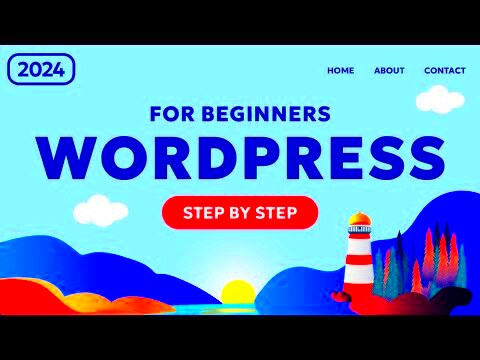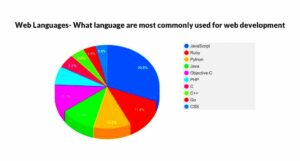Starting your journey with WordPress in 2024 can feel overwhelming, but it doesn’t have to be. Whether you’re building a personal blog, a business site, or even an e-commerce store, WordPress is a powerful and flexible platform that can help bring your ideas to life. With its user-friendly interface and vast community of support,
Why Choose WordPress for Your Website
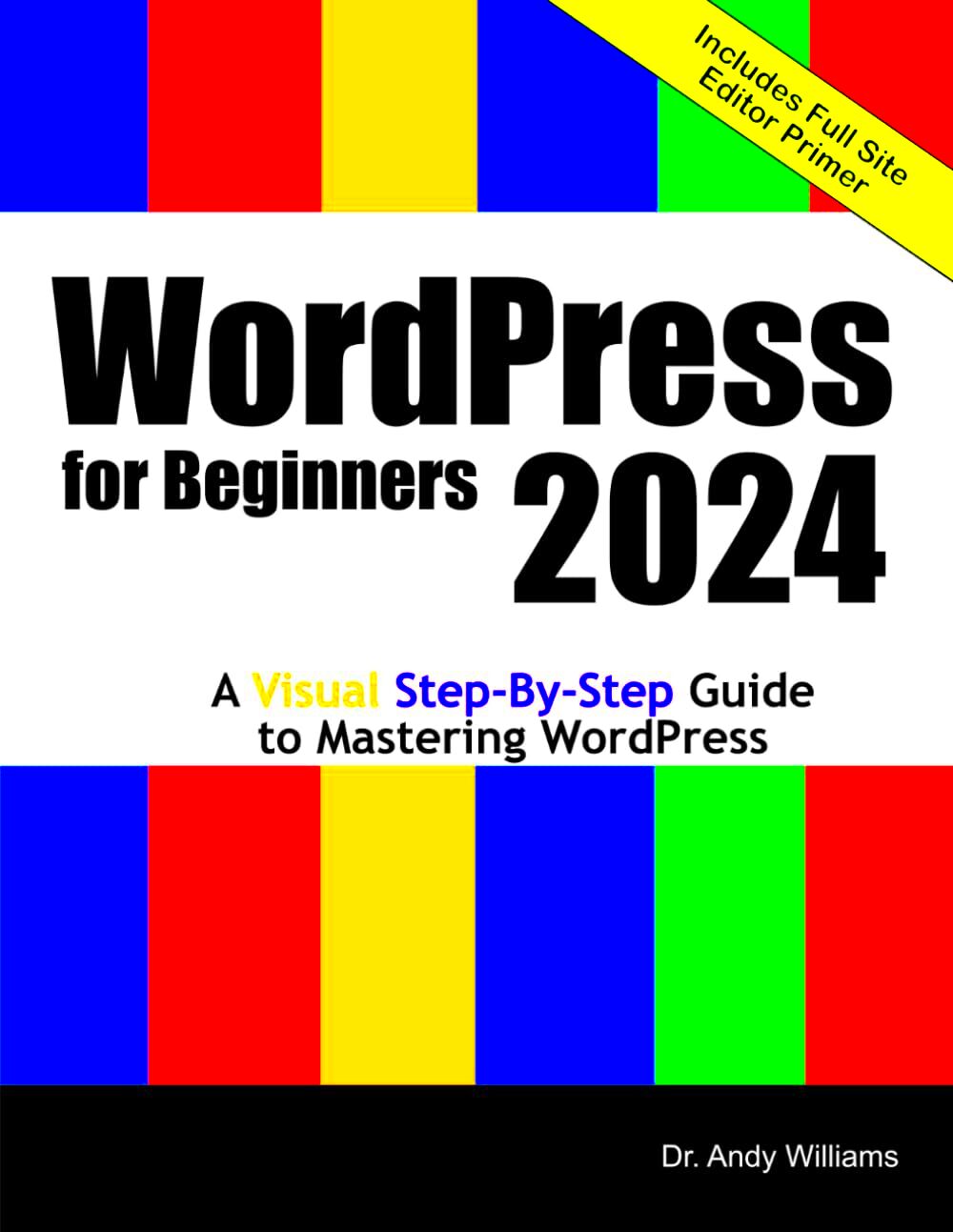
WordPress powers over 40% of the internet, making it the most popular website platform in the world. But what makes it so special? Let’s take a look at why WordPress is the preferred choice for many website owners:
- Easy to Use: WordPress is known for its simple, intuitive interface, allowing you to manage content without needing any technical knowledge.
- Cost-Effective: It’s free to use and open-source, which means you can save money on website development costs.
- Flexibility and Customization: With thousands of themes and plugins, WordPress offers endless customization options, allowing you to create the exact website you need.
- Strong Community Support: The vast WordPress community provides support, tutorials, and resources to help you solve any problems you encounter.
- SEO-Friendly: WordPress is designed to be search engine-friendly, helping your site rank higher on Google and other search engines.
These features make WordPress a top choice for both beginners and experienced website owners alike.
Key Features of WordPress in 2024
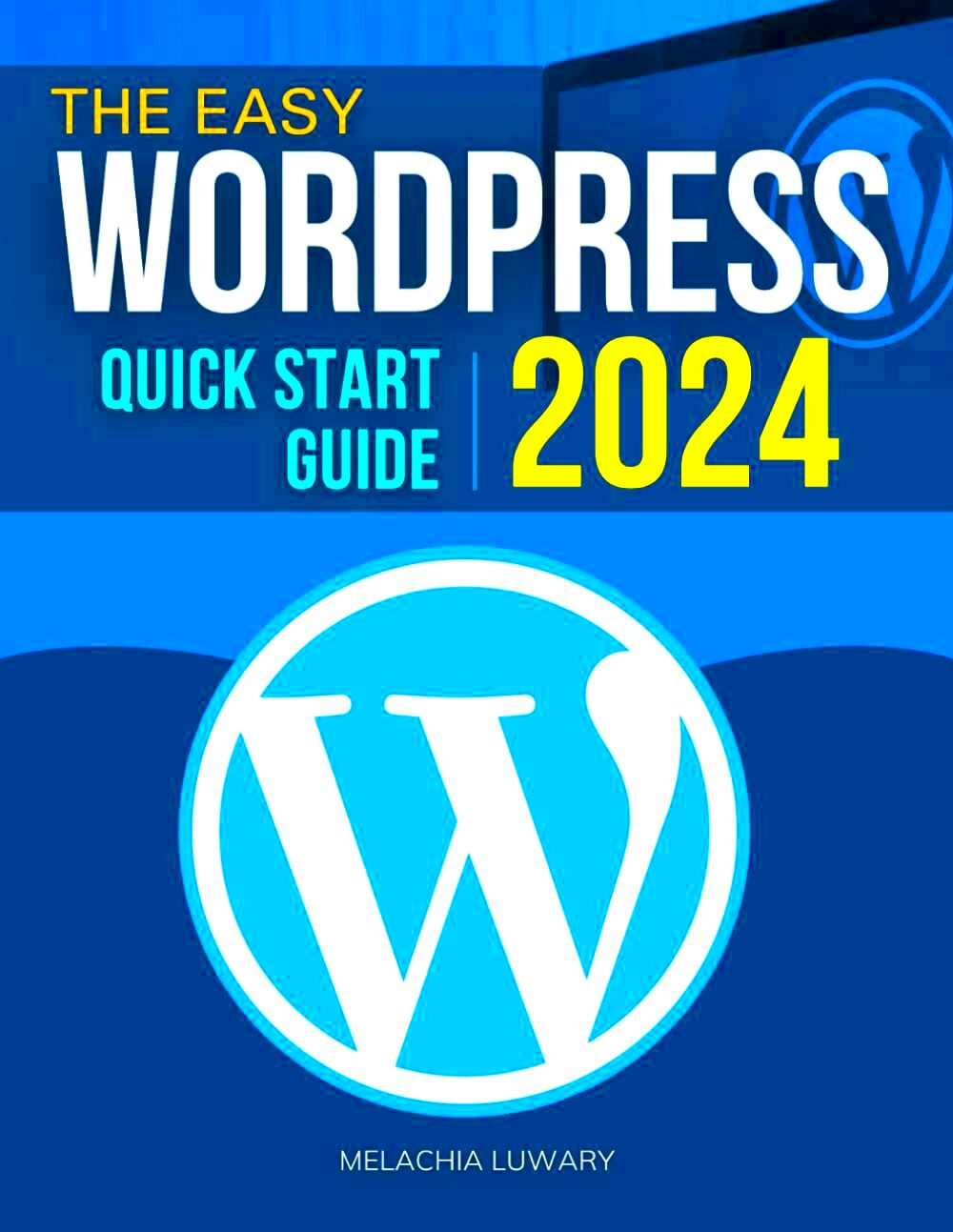
WordPress has evolved significantly over the years, and 2024 brings new features that enhance its usability, security, and performance. Here are some of the key features to look out for:
- Block Editor (Gutenberg): The block editor is now more powerful than ever, allowing you to create custom layouts using a simple drag-and-drop interface.
- Improved Customization Options: In 2024, WordPress has made it even easier to customize your site without any coding, thanks to enhanced theme options and customizer tools.
- Better Performance and Speed: WordPress has improved its core performance, making websites load faster and providing better user experiences.
- Advanced Security Features: With ongoing security updates and enhancements, WordPress in 2024 is more secure than ever, helping to protect your website from potential threats.
- Full-Site Editing: This new feature allows you to edit every part of your site, from headers to footers, using the same easy-to-use block editor.
- Mobile Responsiveness: WordPress ensures that all themes and plugins are mobile-friendly, helping your site look great on all devices.
These are just a few of the features that make WordPress an outstanding platform for creating a website in 2024.
Step-by-Step Guide to Creating a WordPress Website

Creating a WordPress website can be simple and fun, even for beginners. Here’s a step-by-step guide to help you get started:
- Step 1: Choose a Domain Name and Hosting
Your domain name is your website’s address (e.g., yoursite.com), and hosting is where your website files are stored. Many hosting providers, like Bluehost or SiteGround, offer domain registration and WordPress installation together. - Step 2: Install WordPress
Most hosting providers offer one-click WordPress installation, making it easy to set up your site. Once installed, you can log into the WordPress dashboard to begin customizing. - Step 3: Choose a Theme
WordPress has thousands of themes to choose from. Pick one that suits your style or business needs. Themes control the design of your website, and many are customizable for added flexibility. - Step 4: Install Essential Plugins
Plugins add features and functionality to your WordPress site. For example, you can install plugins for SEO, security, and performance optimization. - Step 5: Create Your Pages
Start by creating the essential pages, like the Home, About, Contact, and Blog pages. You can do this from the WordPress dashboard under the “Pages” section. - Step 6: Customize Your Site
Customize your theme to make it unique. Use the WordPress Customizer to adjust colors, fonts, and layout settings. - Step 7: Launch Your Site
Once you’re happy with your site, it’s time to make it live! Double-check that everything looks good, and then hit the publish button.
By following these steps, you can have a fully functional WordPress website in no time!
How to Redesign Your WordPress Website Effectively
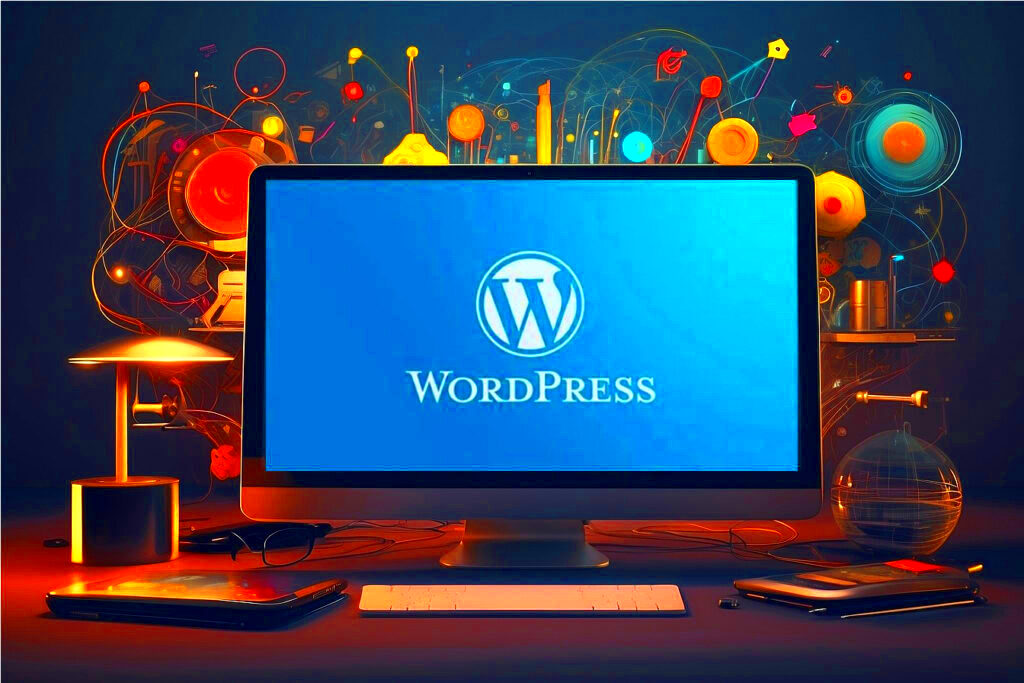
Redesigning your WordPress website can give it a fresh look and improve functionality. Here’s how to approach the process effectively:
- Step 1: Analyze Your Current Website
Before redesigning, take some time to review your current site. Identify what’s working and what isn’t, including the layout, design, and user experience. - Step 2: Define Your Goals
Determine what you want to achieve with the redesign. Do you want to improve navigation, speed up loading times, or update the visual design? - Step 3: Choose a New Theme or Update the Current One
If you’re using a theme that’s outdated, consider selecting a new one. Many themes are regularly updated to include new features and design improvements. - Step 4: Review Your Content
While redesigning, make sure your content is up to date. Revise any outdated information, improve the clarity of your messaging, and optimize it for search engines. - Step 5: Test Your Redesign
Once you’ve made the changes, test your new site on various devices (desktop, tablet, and mobile) to ensure it’s responsive and user-friendly. - Step 6: Launch and Monitor
After redesigning, go live with your new site! Be sure to monitor performance and user feedback to make further improvements if necessary.
Redesigning your WordPress site is an exciting way to refresh your brand and improve the user experience. By following these steps, you can ensure a smooth transition.
Essential WordPress Plugins for a Smooth Experience
WordPress plugins are tools that extend the functionality of your website. Here are some essential plugins that can make your WordPress experience smoother:
| Plugin | Purpose |
|---|---|
| Yoast SEO | Optimizes your site for search engines, helping improve rankings and visibility. |
| Akismet Anti-Spam | Protects your site from spam comments and messages. |
| Elementor | Allows you to design custom pages using a drag-and-drop editor, no coding required. |
| WP Super Cache | Improves website speed by caching static files and reducing server load. |
| Wordfence Security | Protects your site from hacking attempts and malware with advanced security features. |
| UpdraftPlus | Backs up your website regularly and stores it securely, ensuring you don’t lose data. |
These plugins are a great starting point for improving SEO, speed, security, and overall website performance. You can always explore additional plugins depending on your website’s specific needs.
Common WordPress Website Issues and How to Fix Them
Even though WordPress is a powerful platform, it’s not without its challenges. As you create or manage a WordPress site, you might encounter some common issues. Don’t worry; most of these problems are easy to fix. Here’s a list of some frequent issues and how to solve them:
- Slow Website Speed
Slow loading times can negatively affect user experience and SEO rankings. To speed up your site, consider using caching plugins like WP Super Cache or W3 Total Cache, optimize images, and choose a faster hosting provider. - Plugin or Theme Conflicts
Sometimes, plugins or themes can conflict with each other, causing errors. If you encounter issues, deactivate all plugins, then reactivate them one by one to find the culprit. Also, make sure your theme and plugins are updated. - Security Vulnerabilities
WordPress sites are common targets for hackers. To protect your site, use a security plugin like Wordfence Security, enable two-factor authentication, and regularly update WordPress, themes, and plugins to patch any vulnerabilities. - White Screen of Death
This error can occur due to plugin conflicts, theme issues, or a PHP memory limit. To fix it, deactivate plugins by renaming their folder via FTP, or increase your PHP memory limit through the wp-config.php file. - Content Not Showing Properly
If your content is not displaying correctly, check for plugin conflicts or broken HTML code. Clear your site’s cache and browser cache to see if that resolves the issue. Also, ensure that your theme is up to date.
Most WordPress issues are manageable with the right approach. Regular maintenance and timely updates are key to keeping your site running smoothly.
FAQ About WordPress Website Development
WordPress is a versatile platform, but if you’re new to it, you might have some questions. Here are some of the most common FAQs about WordPress website development:
- Do I need coding knowledge to use WordPress?
No, WordPress is designed to be user-friendly, and you don’t need coding knowledge to get started. However, some knowledge of HTML or CSS can be helpful if you want to customize your site further. - How can I improve my website’s SEO?
To boost your SEO, install an SEO plugin like Yoast SEO or Rank Math. Focus on optimizing your content, improving site speed, using proper headings, and building backlinks. - What’s the difference between WordPress.com and WordPress.org?
WordPress.com is a hosted solution with limitations on customization, while WordPress.org is self-hosted, giving you full control over your site and the ability to install custom themes and plugins. - How can I secure my WordPress site?
Secure your WordPress site by using a security plugin like Wordfence, using strong passwords, keeping WordPress and plugins updated, and regularly backing up your site. - Can I use WordPress for eCommerce?
Yes! You can use WordPress to build an online store using plugins like WooCommerce, which provides all the tools you need to sell products and manage orders. - How do I backup my WordPress website?
You can use plugins like UpdraftPlus or BackupBuddy to back up your WordPress website. It’s important to do this regularly to prevent data loss.
These FAQs should help clarify some common questions. Don’t hesitate to explore further, as WordPress has a wealth of resources to help you along the way.
Conclusion: Why WordPress is the Right Choice in 2024
WordPress continues to be the leading platform for website development in 2024, and for good reason. Whether you’re a beginner or an experienced developer, WordPress provides the tools and flexibility you need to create a professional website. Here’s why it remains the right choice:
- Ease of Use: WordPress is incredibly user-friendly, making it easy for anyone to get started and manage their website, even without coding experience.
- Customization Options: With thousands of themes and plugins available, WordPress offers endless customization options, so you can create a website that fits your exact needs.
- SEO-Friendly: WordPress is built with SEO in mind, and using SEO plugins makes it even easier to optimize your site and rank higher on search engines.
- Scalability: Whether you’re starting a blog, building an online store, or creating a portfolio, WordPress can grow with your business. It’s scalable and adaptable for a wide range of purposes.
- Community Support: With a large global community of developers, designers, and enthusiasts, finding help, tutorials, and resources is easier than ever.
In 2024, WordPress remains an unbeatable option for anyone looking to build a website that’s reliable, flexible, and scalable. If you’re still on the fence, give it a try – you’ll quickly see why it’s the go-to platform for millions of users worldwide.

